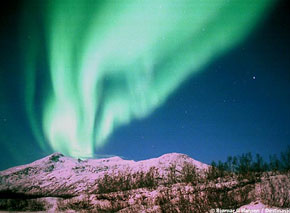How Does Seasonality Affect The Northern Lights
Seasonality affects the northern lights just as much as the gases found in our atmosphere and the location of the collision of solar particles. Actually, the northern lights are only visible during specific seasons when factors are exact.
Other factors besides seasonality affect the northern lights
- Moon phase
- Time of the day
- Location
The brilliant colors of the northern lights may not be the same every year. In fact, some years the colors are hardly visible while other years the occurrence is more often, longer lasting, and highly visible at greater distances.
Time of year best for viewing the northern lights
The seasonality does affect the viewing the northern lights, as the summer months are not dark enough to see the illumination in the sky. The best time to see the northern lights is from February to April and again from August to October. The best seasons are spring, autumn, and Winter with spring and autumn being the most prominent.
Moon phases best for seeing the northern lights
Moon phases along with seasonality affect the northern lights. The best time is during the spring equinox or the autumn equinox. The spring equinox is around March 20 while the autumn equinox is close to September 23. At this time, the earth is tilted properly so when the sky is at it darkest it is much easier to view the illumination brought on by the northern lights. The dates of the equinox does change as other factors often change the way the earth is tilted, thus changing the day.
Time of day best for viewing the northern lights
The time of day to view the northern lights is an important factor as well. Most resources state that the best time to see the northern lights is from 10 pm to 2 am, but this does vary according to your location and the season. In spring and autumn, the best times are 12:30pm to 4:30am while in winter the time to view the northern lights is from 11:30pm to 3:30 am.
Best locations for viewing the northern lights
For seeing the northern lights you must be in the northern hemisphere even though there have been occurrences when other areas of the world have seen a glimpse of the Aurora Borealis.
The best places to witness the occurrence are in:
- Alaska
- Canada
- Finland
- Greenland
- Iceland
- Norway
- Sweden
- northern Russia
The darker and clearer the sky the better the chances of viewing of the northern lights, as clouds, pollution, and other factors may also hinder the illumination from appearing as bright.
Seasonality affects the northern lights due to the darkness of the sky as well as the way the earth is tilted during the seasons. Even when all factors are present, there is no guarantee that the northern lights will be visible as solar particles must enter the atmosphere and collide with gases for the northern lights to appear.

